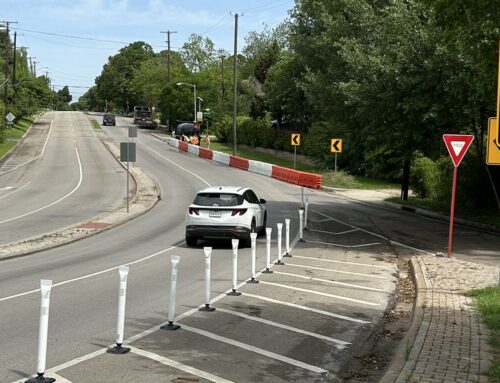The Dallas Police Department reports progress in its plan to reduce violence in Dallas.
Leaders say —while there is much work to be done — their evidence-based, three-phase strategy to lower the number of violent-crime victims is working.
Chief Eddie Garcia on Monday told Dallas’ Public Safety Committee members that overall violent crime — homicide, robbery and aggravated assault — is down 11% since May when the department put his violence reduction plan in place, and overall violent crime is down 7.4% for the year.
The chief says we are down 218 victims of aggravated assault compared to last year for an almost 5% decrease. Dallas is down 39 murders compared to last year for an almost 26% decrease. And the City has 445 fewer victims of robbery compared to last year for an almost 27% decrease.
Councilman Adam McGough who chairs the committee pointed out that “crime reduction is not happening in other big cities across this country, and so that is a major accomplishment thus far.”
That’s the good news. But this is a journey, not a destination, the chief acknowledged.
“Although we continue to stay cautiously optimistic, we aren’t doing touchdown dances.”
Violence at hand
Yesterday’s update followed an overnight police shooting at a Lake Highlands-area apartment complex, where officer Scott Barn took a bullet to his hand.
“We’re very fortunate as a department, as a city, that we did not lose an officer. Part of that is because of this officer’s bravery in in the face of danger … those actions early this morning are indicative of the work that these men and women are doing constantly for this city,” Garcia says, adding that the injured officer was in good spirits and may need some surgery.
In each violent-crime category, micro-level data show the glut of Dallas’ violent crime happening in multifamily residential communities.
“You’ll notice apartment complexes are the places driving our murders,” says Major of Police Paul Junger.
He says the DPD’s midterm plan will create a template to address apartment complexes throughout the city.
Members of the committee also acknowledged that apartment-crime solutions need to be approached holistically and involve a number of entities including law enforcement, city services, nonprofits, the apartment association and more.
Major of Police Paul Junger says the force is reducing murders and cutting the number of aggravated assaults “by taking weapons and drugs off the street.”
“We have seized over 1,000 more weapons this year compared to last since the inception of our crime plan,” he says. “Citywide our officers have compensated almost 1,500 doses of narcotics that weigh over 2,759 pounds in over 332 gallons of narcotics consisting of marijuana, methamphetamine, cocaine and other unknown substances.”
He says they have lowered the number of arrests while confiscating dangerous possessions, which indicates
“we are arresting the right people.”
Slow response times
A couple major concerns coming out of the committee meeting included the removal of certain crime-report data from public view, which we covered yesterday, and slowing police response time, which DPD leadership attributes to its workforce shortage.
The committee’s vice chair Cara Mendelsohn of District 12 says regarding response times, “Yikes. The numbers have just gone up so much from last year.”
Priority three calls —for example — keep residents waiting almost five hours. Chief Garcia said he hopes the city will add more officers to help improve response time.
“That’s something we work on, and we continue to work on,” Garcia said. “I know it’s an issue. But again, we are growing as a department. And as we grow, we hope the response times reduce.”





